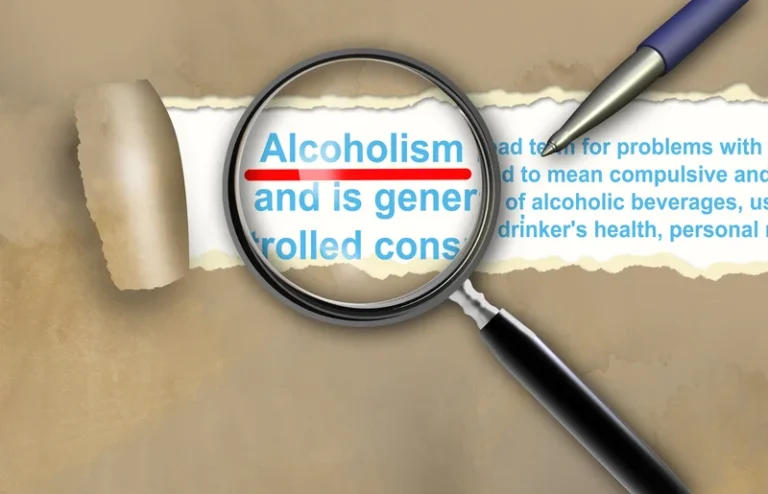
These woeful inadequacies are indicative of a larger systemic failure of halfway house oversight that often results in deeply problematic conditions for residents. Too often, audits are only conducted after journalists report on the ways specific halfway houses are failing residents, rather than government correctional agencies doing proper oversight on their own. Federal RRC residents3 are generally subject to two stages of confinement within the facility that lead to a final period of home confinement.
Transitional Housing After Homelessness
- Some halfway houses also have on-siteAlcoholics Anonymous andNarcotics Anonymous meetings.
- The federal contract process is relatively standardized and transparent, while state contracting processes vary widely and publish little public-facing information, which makes understanding the rules governing people in state-contracted facilities much more difficult.
- Some halfway houses are dedicated to help people who have completed addiction treatment.
The concept of the halfway house is predicated upon the ideals of humanitarianism, rehabilitation, and reintegration. More often referred to as “residential treatment centers” in contemporary criminal justice and social services systems, halfway houses have been inextricably linked to the dominant punishment philosophy of their eras. Halfway houses play a vital role in the recovery process, providing a structured and supportive environment for individuals transitioning from treatment to independent living.
Who Can Live in a Halfway House?
These homes offer a range of services and support that help residents maintain sobriety and rebuild their lives. Many such halfway houses continued to be subsidized by government contracts or other sources of government funding. Other types of halfway houses, however, are supported through various means, including government grants and corporate funding; those that are run as non-profit entities may be supported by donations or foundation grants. In other cases, residents pay rent, typically at least $40,000 per year but sometimes significantly more, depending on the location and services provided.

Federal Bureau of Prisons
- It’s also required for each individual to commit to staying sober for at least twelve (12) months.
- At dinner, Rhys relates how the inn was bombed and destroyed by German aeroplanes exactly a year previously.
- Foundations to Freedom provides halfway houses in Florida for individuals seeking to recover from addiction, but there are certain requirements that must be met in order to be admitted into one of their houses.
- This ambiguity means that pinning down how many people are in halfway houses each day – and how many specifically state-funded halfway houses there are – is nearly impossible.
- When choosing a halfway house, it’s essential to consider the specific needs and goals of the individual in recovery.
- Entering a halfway house is a significant step towards rebuilding one’s life, but it’s not without its challenges.
The intensity of care and types of services offered vary depending on the residents’stage of recovery. https://ecosoberhouse.com/s designed for people in early stages of recovery provide more resources and structurethanthree-quarter houses, which are sober living homes for people who have a longer history of sobriety. Recovery residences, more commonly known as sober living homes, are dedicated to helping people re-enter society after receivingtreatment for alcohol or drug addiction. The homes are usually run by a rehab facility, a person in recovery or residentswho have maintained sobriety for extended periods of time. Sober homes vary in structure and the support services they offer, but residents generally expect a structured living environment with clear rules and expectations. This can include curfews, regular drug and alcohol testing, and mandatory participation in recovery house meetings and therapy sessions.
Difference from Other Forms of Rehabilitation

what is a halfway houses are dorm-style living spaces owned by a government or private agency. They can also be more crowded than sober living homes and offer fewer amenities. This removes temptation and helps people in recovery see that it is possible to enjoy life without these substances.
- If you or a loved one is seeking support in recovery, consider the comprehensive programs offered by halfway houses to facilitate a successful transition back into society.
- The state-placement of ex-criminal offenders to a “halfway house” after a prison sentence may either be decided upon as part of the judge’s sentence or by a prison official’s recommendation.
- They are similar to recovery residences becausemost forbid alcohol or drug use, and many provide similar support services.
- Because of this, halfway houses can be used by the homeless or people coming out of incarceration.
- We are dedicated to providing the highest care and help to needy individuals and families.
Unlocking Strengths: Empowering Women in Recovery

Questions regarding an individual inmate’s RRC placement should be directed to the inmate’s unit team at the institution where the person is confined. The cafe has a surprisingly wide selection of both breakfast and lunch offerings, and there should be several somethings to suit your preferences. Bob Lima purchased the restaurant in 1992, and sometime after Sally began working there, they started dating.

- This lack of support often led to these ex-convicts committing more crimes and ending up back in prison.
- The homes are usually run by a rehab facility, a person in recovery or residentswho have maintained sobriety for extended periods of time.
- Because of their emphasis on reintegration, halfway houses stand out from different types of rehabilitation and are an excellent resource for people who need assistance.
- These homes are designed to be a stepping stone between a treatment center or institution and fully integrating into society.
- It’s also crucial to consider the halfway house’s location and whether it’s practical and accessible for the individual.
Participation in all classes and counseling sessions available, as well as work and fundraising activities, is mandatory for each individual. Each individual must be willing to learn how to stay clean and sober through the twelve (12) Steps of Recovery programs of Alcoholics Anonymous (“AA”) or Narcotics Anonymous (“NA”). Firstly, for the Empowerment house, the individual must be a woman with a child or children.
